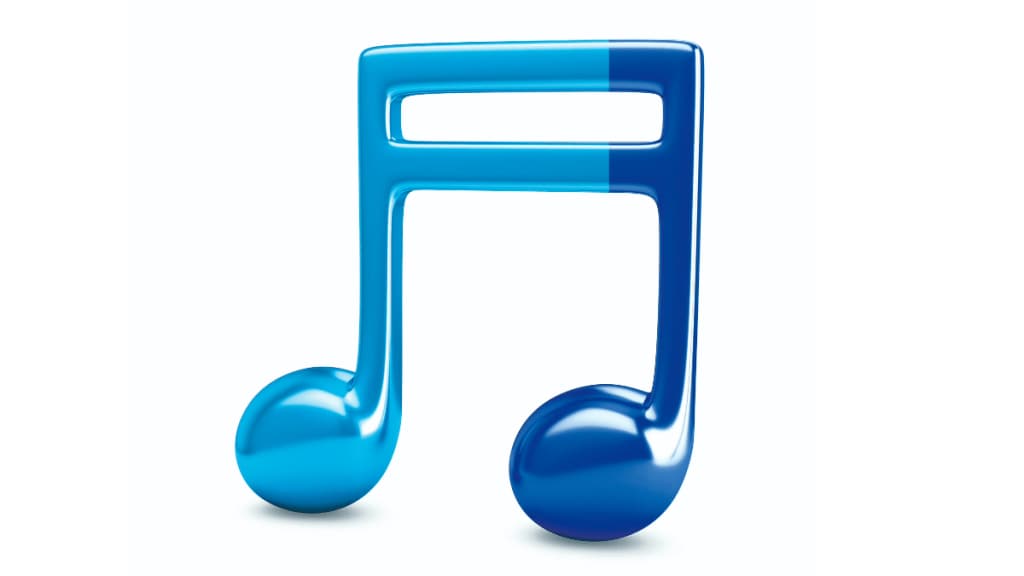If you haven’t already shifted audio from your tentative media plan to a your must-do plan, consider the following.
A recent GroupM analysis predicts that while the audio market (including digital extensions) worldwide will shrink in 2023 and remain flat over the next five years, the Indian audio market will show an upward growth trajectory, thanks to technological advancements and shifting consumer tastes. Developments in digital technologies have increased the number of platforms for consuming content, and also supported the expansion of the OTT audio industry. In the last three years, the audio OTT market has seen daily streams increase by 1.6 times, reaching 460 million in FY23, according to Redseer. That apart, digital formats on traditional radio stations and digital platforms such as Spotify, continue to drive listenership and, therefore, ad revenue.
The fact that Google recently introduced audio ads to enable advertisers reach consumers through streaming music and podcasts on YouTube shows how keen then global tech giant is to grab a bigger share of the segment advertising pie. The advertising revenue from audio stands at Rs 4,000 crore currently, as per a recent report. According to FICCI-EY, the Indian audio OTT is expected to grow up to $1.1 billion in the next four years and up to $2.5 billion by the end of FY30.
A big catalyst for this growth has been widespread smartphone use and better internet connectivity, which have made accessing audio content easier.
The FM radio market has completely changed tack with the help of digital technology, says Ashit Kukian, CEO of Radio City. Technology has made it possible for players to offer diverse music and engaging podcasts with personalised options for users, which is amplified on audio streaming platforms.
Take Radio City, which has collaborated with Spotify to provide the former’s content — including more than 1,400 episodes of its 16 audio IPs — exclusively for Spotify users. The demand for regional content and non-music formats has made things both exciting and challenging for producers and consumers.
The biggest challenge for the advertiser is to catch the consumer when they are ready to listen and get the message out in front of them ahead of the curve. They must fight to stand out among the campaign clutter that tends to spike in the early morning hours or later evening, when listeners are either driving to and from work.
Staying in tune
It’s no secret that audio is not solely about music, news and sports commentary. The occasion of consuming audio content is expanding and changing into a demand-based, individualised one. “With immersive experience, the medium can offer a break from screen-based entertainment, appealing to a wider audience base. But to thrive, audio services need to deliver compelling content that resonates with diverse Indian tastes,” notes Shailesh Sawlani, country manager, India, Audible.
Audible has seen a 39% increase in member listening hours in India over the past year with an exponential growth on the free tier. It has noticed a disproportionate increase in the number of people who listen to non-English content, so this year it wants to add more Marathi, Bengali, and Tamil titles. This points at the growing demand for localised content, which again means broadcasters must invest more in localisation to be able to offer programmes in regional languages.
RED FM has concentrated its efforts in regional markets exploring new formats in collaboration with local partners, says Nisha Narayanan, COO & Director, Red FM & Magic FM. For its part, Radio City has adopted what it calls a “radigitalisation” strategy by creating radio and digital coupled initiatives. It anticipates significant revenue growth this fiscal year on the back of innovative programming formats, in-person activation efforts and brand partnerships. At present, it offers advertisers sonic branding, branded podcasts, location-based audio ads on its radio channel, and is also leveraging its RJ influencers to amplify brand messages to promote products or services.
Beyond doubt, music streaming platforms and podcasting networks offer valuable opportunities for brands to reach their target audiences, but many advertisers are held back because of the lack of universally accepted measurement solutions to help them understand their investments.
All is not bad news though. Experts say the space is becoming something of a petri dish for innovation where creators, publishers and third-party measurement firms are coming together to work out with new approaches to measuring success or failure of campaigns.


